Animation numérique
Etablissement : PIKTURA Ecole de l’image
Langue : Français
Formation(s) dans laquelle/lesquelles le cours apparait :
Période : S1
Maitrise des logiciels toonboom harmony, des règles élémentaires d’animation traditionnelle, de la suite adobe. Des aptitudes en dessin et compréhension du mouvement et de son étude.
Etre en capacité d’animer un personnage avec les contraintes techniques. Savoir mettre en place les rigs d’articulation, de programmer les node view.
Création d’un pantin avec ses éléments séparés Visionnage et étude d’exemples concrets utilisés dans les studios d’animation. Mise en place de rought animation en utilisant les règles d’animation mise en place à l’école pour l’ensemble des section animation 2D.


